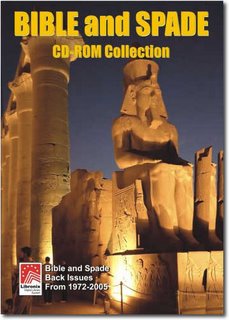Haaretz reports on a variety of abuses taking place in a nature reserve in the Judean wilderness. Turned over to the Palestinian Authority in the late 1990s, the upper end of the beautiful Nahal Arugot is being subjected to quarrying, building, dumping, burning, and hunting.
“Nothing can grow in these places,” says Amos Sabah, a biologist with the National Parks and Nature Reserves Authority, referring to vast swaths that have been covered with quarry dust. Plant researcher Oz Golan, notes that these areas are on the edge of the desert and have a rich variety of flora, including some rare plants. The wild fauna and flora in the area are disappearing due to systematic hunting and cutting of plants for heating by Bedouin. Adjacent to the nature reserve, pillars of smoke are occasionally visible. These are pirate waste sites where the Palestinians are forced to dump waste, in the absence of organized waste sites.
In addition, archaeological sites are being pillaged.
Inside the nature reserve and at an adjacent archaeological site, the systematic plundering of antiquities continues unabated. National Parks and Nature Reserves Authority rangers last week did a brief survey of a site that was a large fortress during the Byzantine era. In every corner, they found evidence of feverish digging by thieves.
Read the whole article, but it sounds like there’s plenty of blame to go around on this one and that the situation is only going to get worse.
